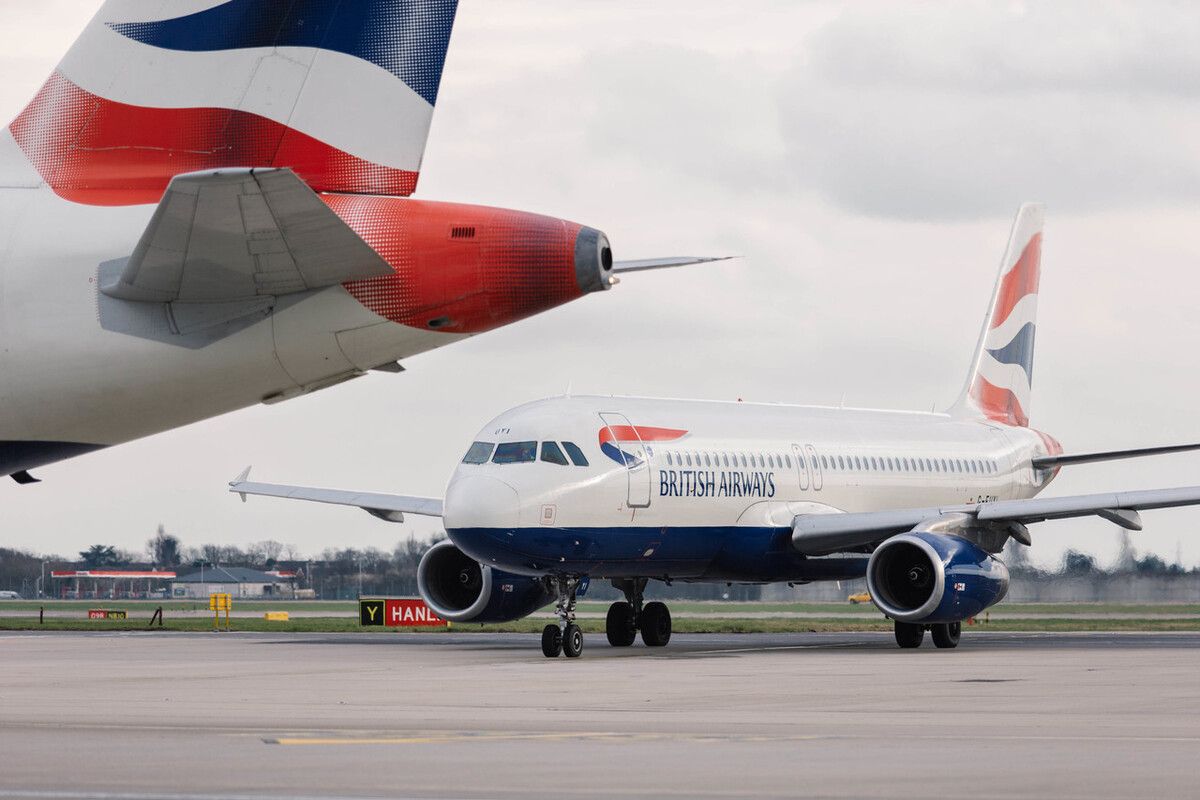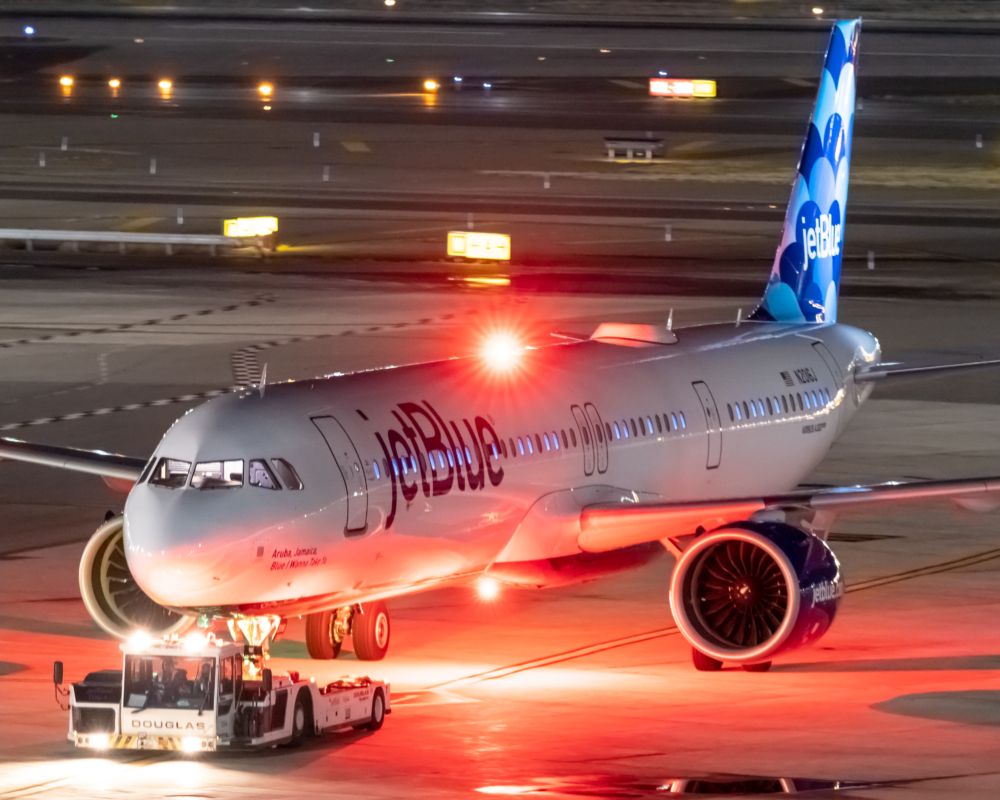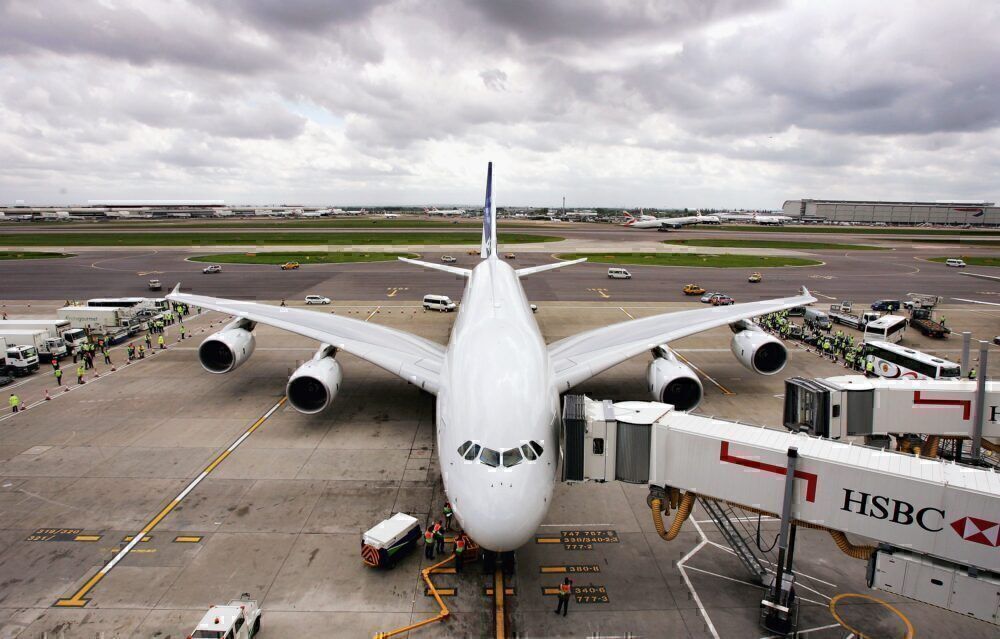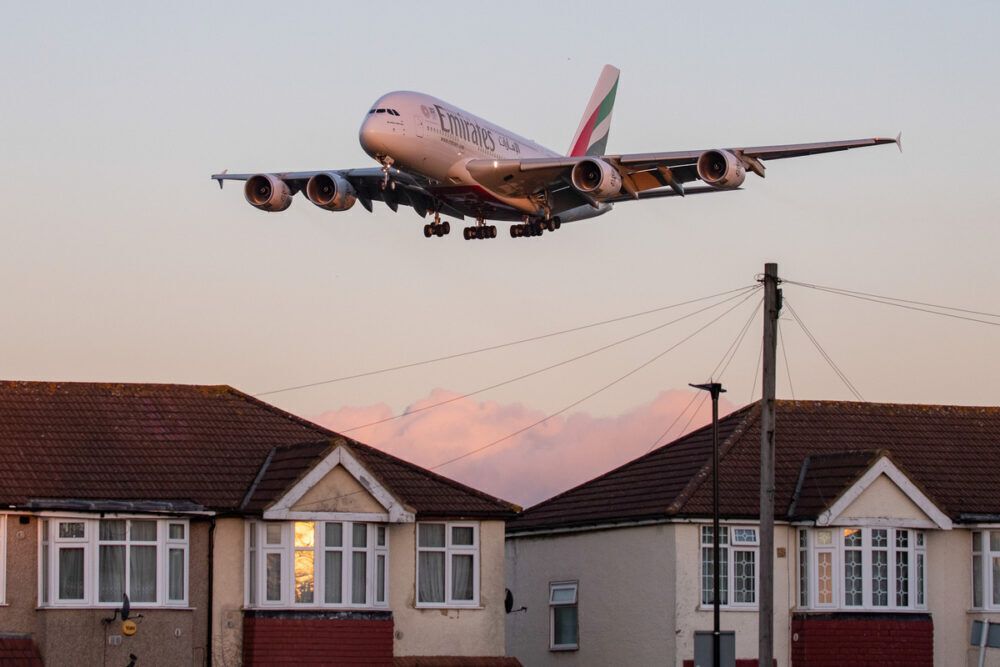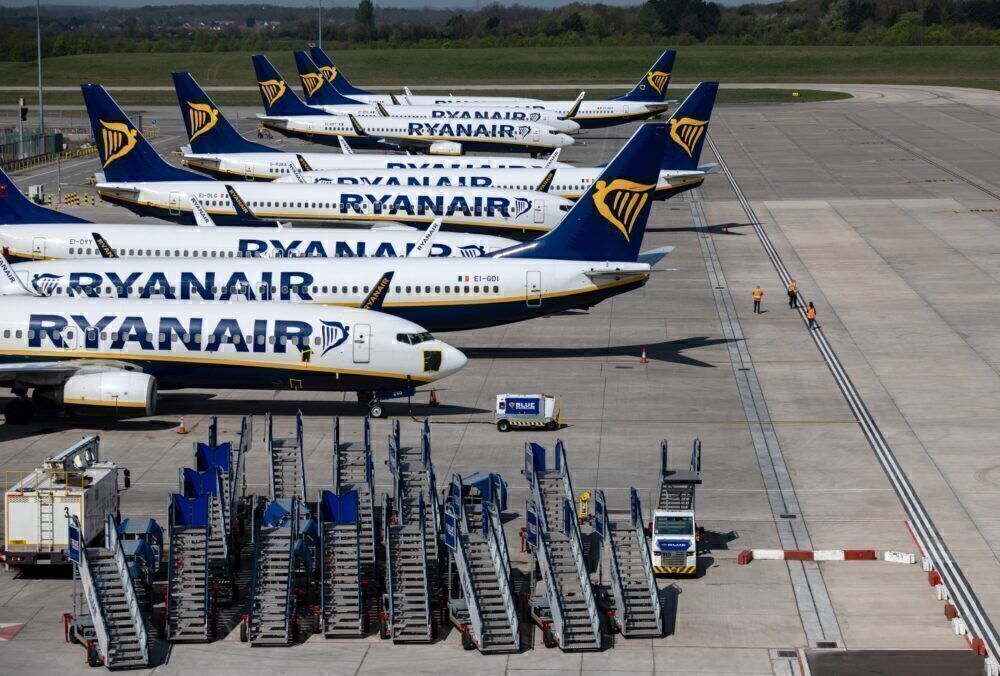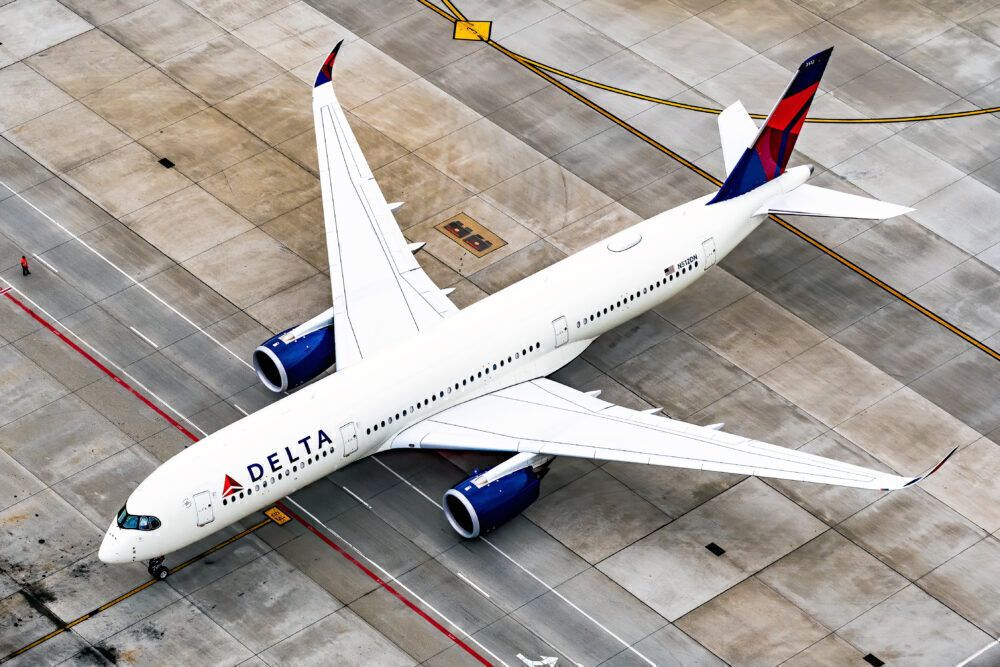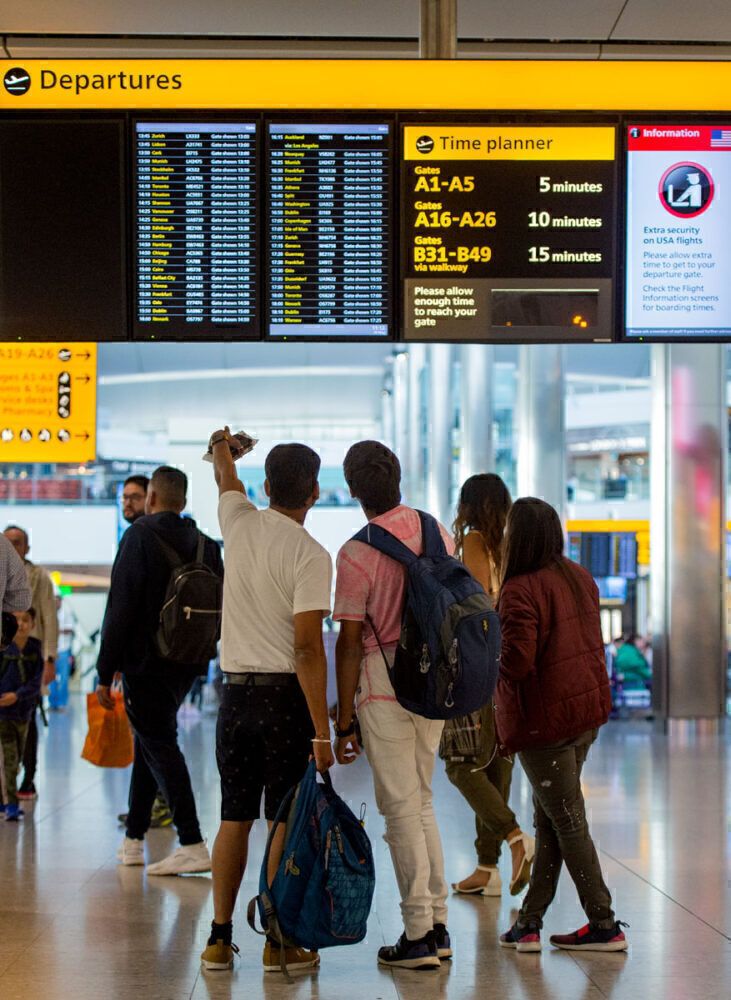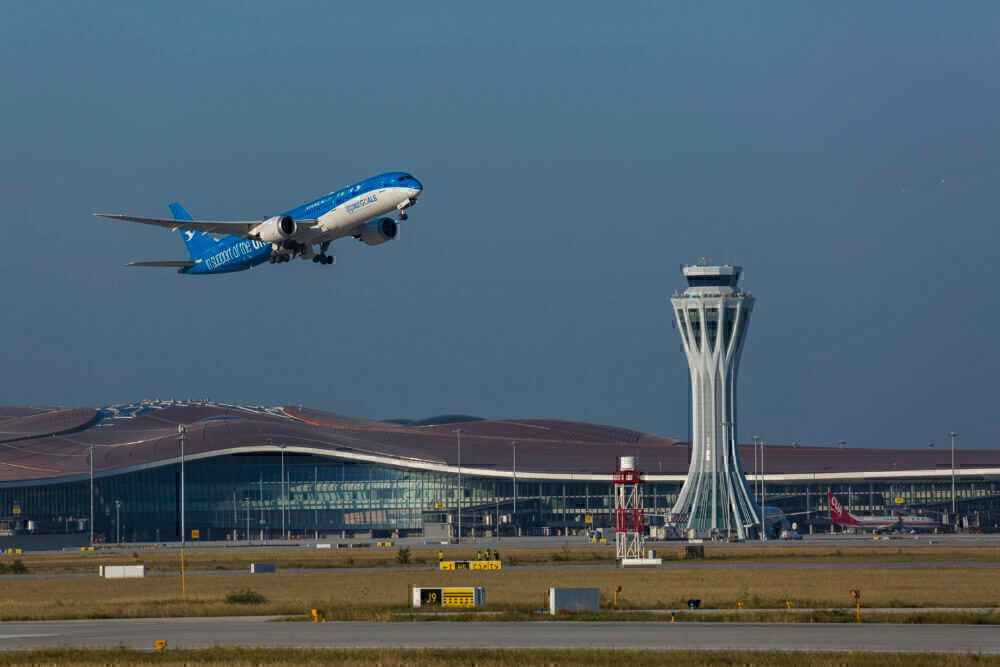Data about air traffic often reveals some interesting findings. For over twenty years, Atlanta Hartsfield-Jackson has held the record for the busiest airport globally. Beijing, Los Angeles, and Dubai are close behind. London Heathrow only makes it to seventh place. But if data from all city airports are combined, London is the clear leader in passenger numbers. This article looks at the reasons that combine to explain this.
London is the busiest city for air travel
Based on pre-COVID data, London tops the list for most passengers using its airports. Airports Council International (ACI) releases data annually for all airports globally. For 2019 (the last full year that data is easily available for), just Heathrow and Gatwick combined account for over 127 million passengers. You can see summary data through ACI and the full top 50 through the Port Authority of New York.
If you consider all London airports (adding in data for London Stansted, Luton, and Southend), the total is just over 175 million.
That far exceeds the busiest single airport (Atlanta Hartsfield-Jackson), with 110 million. Other cities that come close are New York (with JFK, Newark, and LaGuardia) at almost 140 million and Tokyo (Narita and Haneda) at 130 million.
The UAE has high numbers in Dubai (86 million and the fourth busiest global airport), but other airports fail to lift it sufficiently. Likewise, Beijing Capital (PEK) has just over 100 million passengers, but low numbers at other airports so far.
Heathrow numbers are particularly impressive. The airport has been operating close to capacity for several years, but passenger numbers have increased. The Economist looked at this in 2017 and showed yearly increases largely due to aircraft size increases. Of the 15 airlines that operate the A380, 11 of them have at some point operated it to Heathrow.
London is a major center
The first reason that London ends up so busy is, of course, the size and role of the city - something we really don't need to explain! It is the second-largest city in Europe (just behind Paris) and a major business and tourist hub. Just for tourist numbers, it is far ahead as the most popular city in Europe (Statista data for 2019 for example shows 85 million tourist visits compared to 52 million for Paris and 34 million for Berlin).
How this will change post-2020 is up for debate. Aviation, and business, markets will be different after the pandemic. And the United Kingdom has now left the European Union. It remains to be seen exactly what effect these major events will have on UK airports and aviation.
Airports have a wide reach
London's airports serve a much wider region than just the city and surroundings. They act, at least, as the main airports for the whole of the south of England. And with good public transport connections in the UK (like many other European countries) they in fact serve passengers across the country. Passengers will often consider traveling to a London airport if the price is lower than from a regional airport or for destinations that are only served there.
Contrast this, for example, with the US, where passengers are more likely to use a nearby major city airport. There are of course multiple hub airports, and long overland journeys to start from another airport are less likely.
Connecting traffic is significant
Being an important and busy city does not in its own right guarantee the highest airport volume. Connecting traffic can make an enormous difference.
Atlanta Hartsfield-Jackson Airport is a great example of this. It has been the busiest airport (by passenger number) for over 20 years. But Atlanta has a population of just over 500,000. Of course, the answer lies in connecting traffic, both from the airport's role as Delta Air Lines main hub and its strategic location.
London's airports, particularly Heathrow, also play this role. Heathrow is, of course, the main base of British Airways, but it also acts as a connecting point for many other international airlines. According to Heathrow Airport, 30% of its passengers in 2018 were transfer passengers.
US cities, in particular, fall short here. Busy airports, such as New York's, have less connecting traffic due to the availability of other airports to act as hubs. As just mentioned, Delta channels its connecting traffic through a hub at Atlanta, for example, serving New York more as an end destination. To use busy airports as hubs would be prohibitively expensive, and slot availability would affect expansion.
Beijing could take the lead
Despite London leading currently, followed by New York, Tokyo, and Paris, the increases in Asian passenger numbers could see some changes to this in the coming years.
Heathrow saw its passenger numbers drop by 75% in 2020, and in October, it dropped out of the top 10 busiest European airports. Other London airports fared worse. It finally has the go-ahead for its long-awaited third runway, but this may now not be needed for some time.
CAPA, Center for Aviation, suggested several years ago that Beijing could well move into the top place. With the slowdown seen in aviation since 2020, this could be expedited. International flights have been hit harder than domestic ones, suggesting volumes in China will recover better than in the UK.
In 2019, Beijing Capital Airport (PEK) was already the second busiest airport globally. And the new Daxing airport (PKX) is now operating. It is planned to reach a capacity of 75 million by 2025, and 100 million after that.
As of the end of 2020, passenger numbers at PKX were recovering well after a tough first year (handling 43% of Beijing's capacity in November that year). If growth continues (and particularly if it doesn't in London), Beijing could soon overtake it.
Would you like to share any thoughts about London's airports and overall traffic? How do you think things will change over the coming years? Let us know in the comments.

